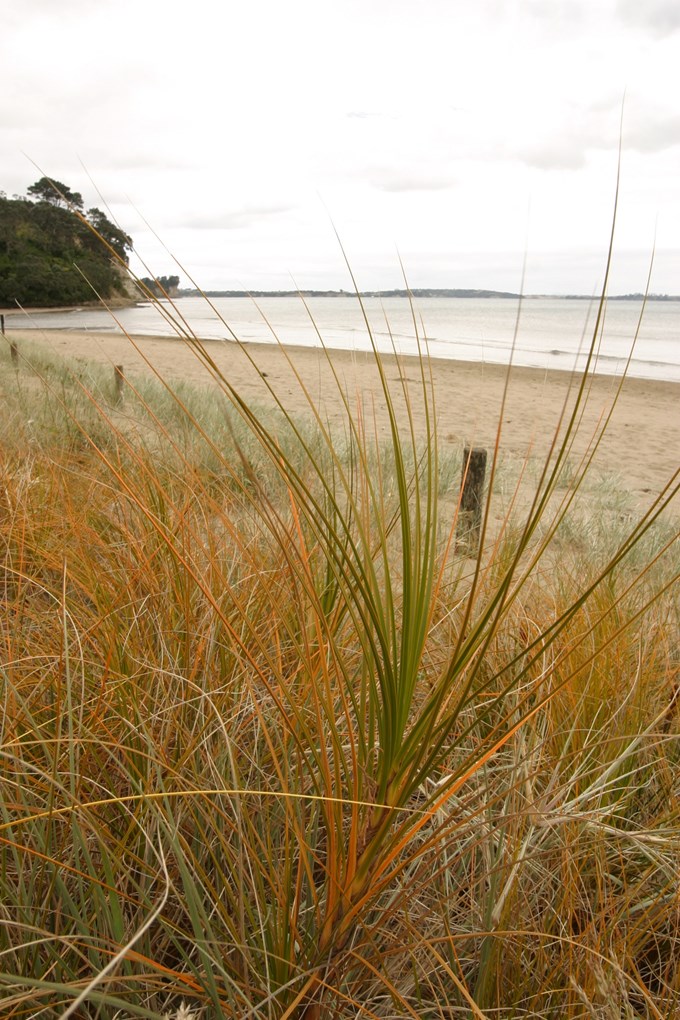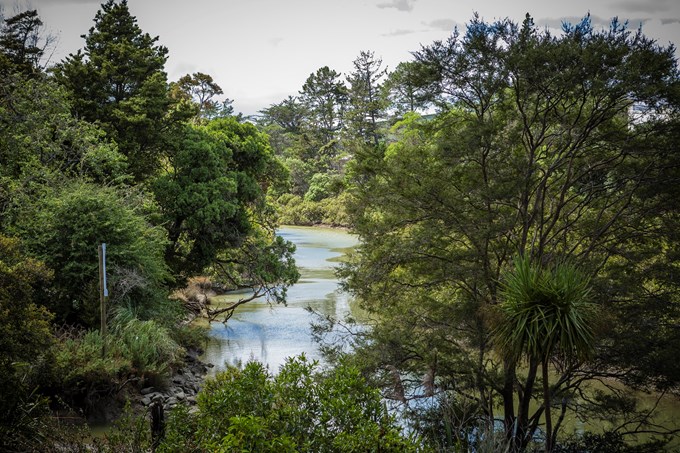Auckland’s unique natural environment makes it a spectacular and special place to live with easy access to beaches, harbours, parks, and bush.
It’s those places that contribute to our quality of life, our well-being, and our spiritual identity; they’re something Aucklanders consistently rate as the number one thing they love about their region.
The amalgamation of the legacy councils in 2010 has allowed the merged organisation to have a more holistic and integrated approach to managing environmental matters and our taonga.
Decades of development has left us with some big challenges; now as one council with a Unitary Plan, a new Regional Pest Management Plan and more regionally focused strategies, we’re better placed than ever before to effectively manage regionally important places and species.
Environment and Climate Change Chair Councillor Richard Hills has seen the benefits of a whole-of-region approach.
“In the ten years of Auckland Council, I have seen record investment in our environment. Whether it's daylighting our streams, planting in our parks, dealing with pests or building boardwalks and new walkways to protect our kauri, Aucklanders can see the investment is making a difference.
“With overwhelming support from the community for targeted rates they have allowed us to massively scale up regional projects to protect our environment from pests and kauri dieback, as well as to accelerate the clean-up of our beaches, harbours and waterways. Programmes that were originally planned to take 30 years, were reduced to 10. That’s huge.”
“Taking the lead from mana whenua as kaitiaki we can continue to work locally and regionally, along with community groups and individuals to reverse environmental damage, and restore the mauri of the whenua of Tāmaki Makaurau. We still have a way to go and only by working together can get this done.”

Ways amalgamation has helped improve the health of the environment:
- Introduction of a Pest Free Auckland 2050 vision aligned with the national ‘Predator Free 2050’ initiative and recognising the role of mana whenua as kaitiaki of Tāmaki Makaurau with their intrinsic connection between the natural environment and cultural well-being
- establishment of a regional approach to kauri dieback research, response and management
- significant increase in our support for community-led conservation with more equitable investment across the region and at a place-based level through local boards
- community support gained in 2018, for a $311 million regional Natural Environment Targeted Rate to help manage regional biodiversity threats like pest plants, pest animals and pathogens that threaten our native species and ecosystems
- introduction of a new and improved Regional Pest Management Plan where over 400 pest plants, animals and pathogens are managed to safeguard the region’s biodiversity
- better protection of our pest free Hauraki Gulf islands by increasing the pest detection dog team from two to eleven
- introduction of the Mayoral Conservation Awards and “Pestival” events to celebrate and acknowledge community action at a regional level
- leveraging our size and buying power to enable cost-effective delivery
- launching the Tiaki Tāmaki Makaurau conservation website to provide easier access to resources and knowledge to enable communities to take conservation action.
The success of council investment and community partnership can be experienced at the Tāwharanui and Shakespear open sanctuaries where kiwi, tīeke/saddleback, hihi, takahē and kōkopu have all been welcomed back onto the mainland. The kōkako management programme in the Hunua Ranges has increased bird numbers from 20 in 1994 to around 250 in 2019 while tūturiwhatu/NZ dotterel and native bat numbers in the region are on the rise.
The community programmes encouraging city dwellers to undertake pest management and plant native trees has seen an increase in the number of native birds returning to urban backyards with reports of kaka, kererū and korimako/bellbirds enjoying residential gardens.
But Auckland's environment still faces a wide range of challenges; it’s important we push on and accelerate the protection of our native assets for all Aucklanders and for future generations.


